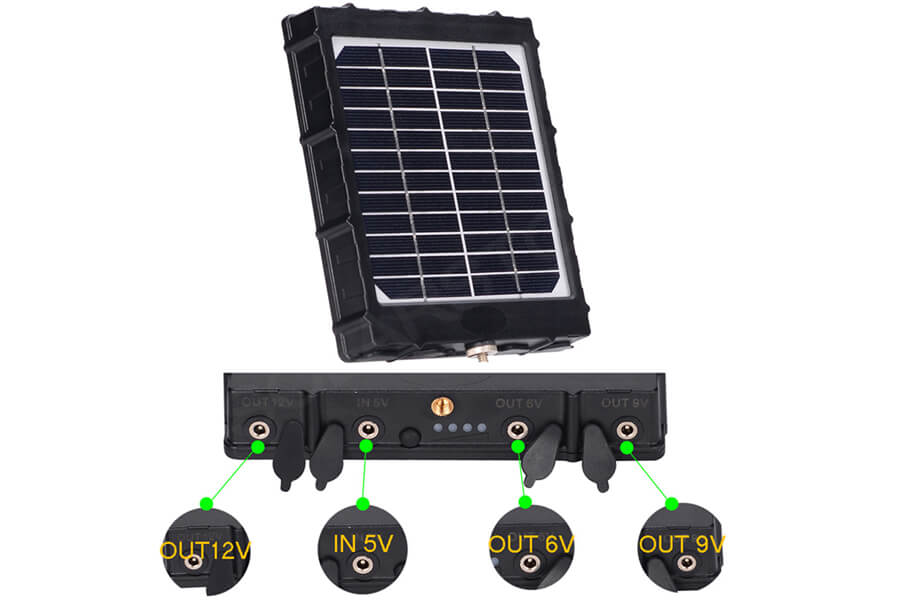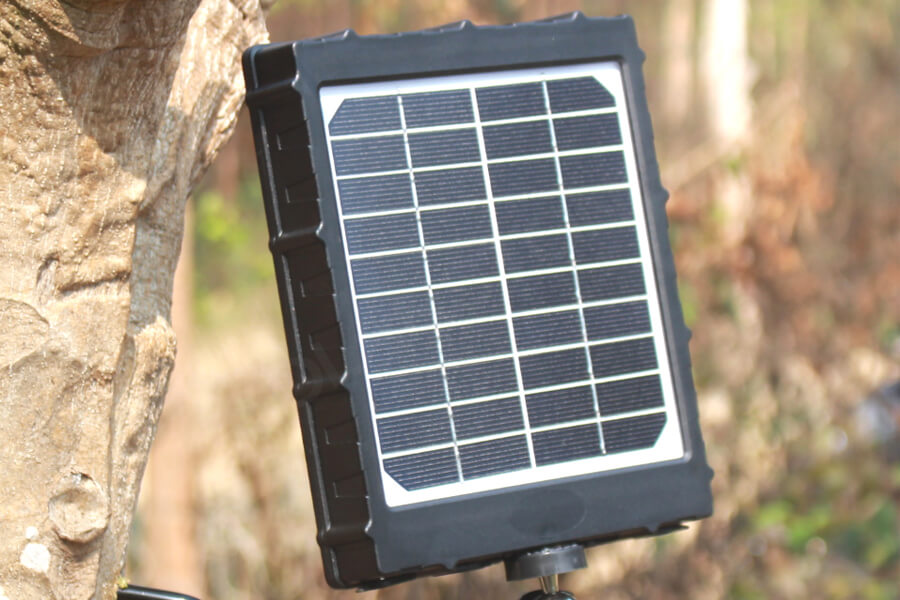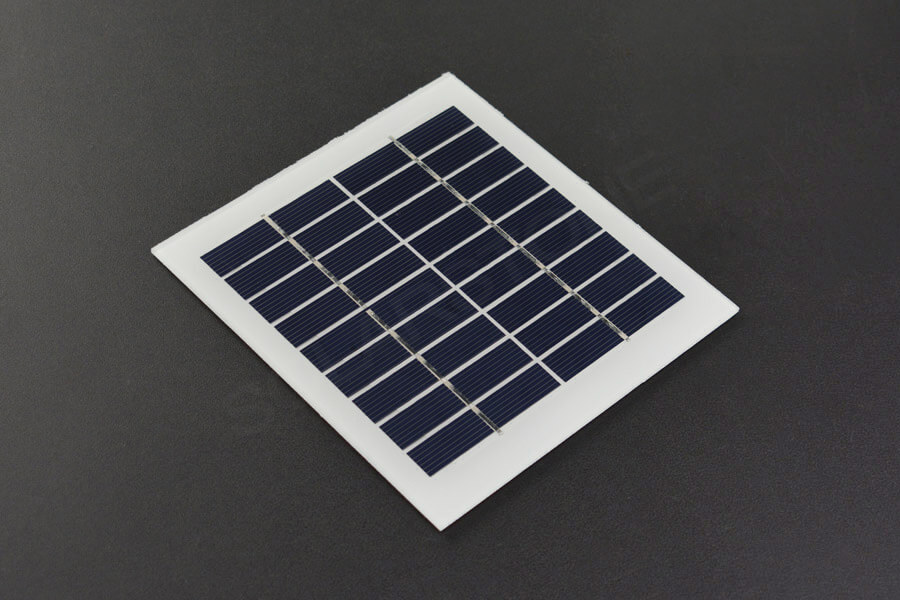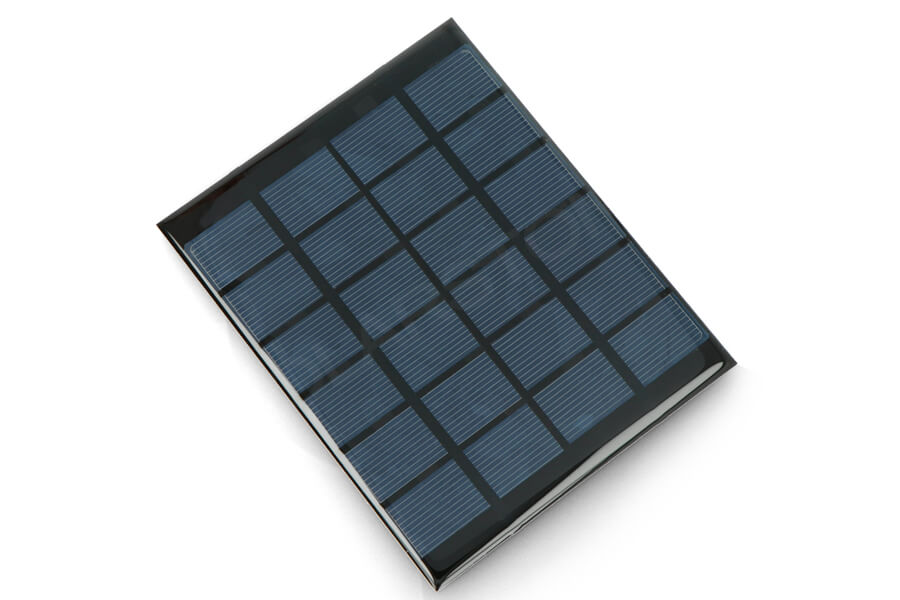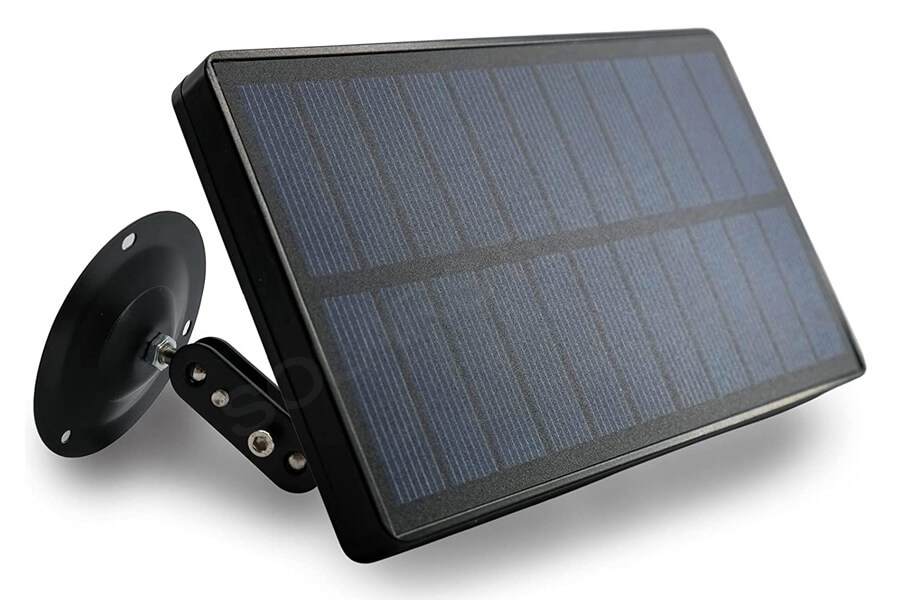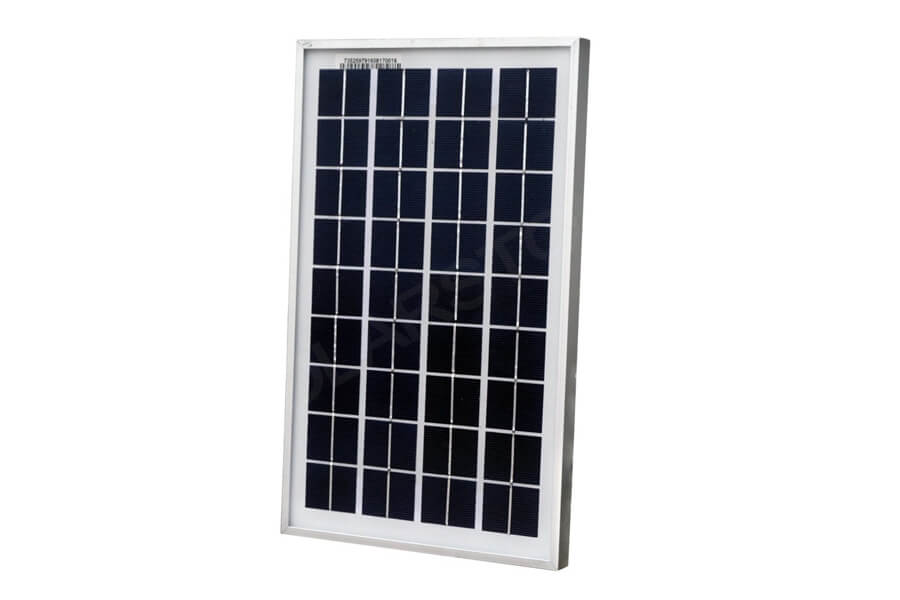If the maximum output voltage of the measured solar panel is 9V, this voltage is called open circuit voltage, which will change with the change of light intensity.
Working principle of solar panel
Solar panel is a power generation device that converts light energy into electric energy. Although the working efficiency of solar panel made of current technology and materials is still relatively low, it is still very beneficial for such clean and energy utilization without subsequent cost input. It uses photovoltaic effect or photochemical effect to realize the conversion of light and electric energy, and its main manufacturing material is silicon.
Due to the low output voltage and power of the single solar cell, the solar panel in practical application is composed of small cells of solar cells in series and parallel. The output voltage of the solar panel is increased through series connection, and the output power is increased through parallel connection. The large solar panel is formed after the solar cell unit is fixed and sealed with auxiliary materials.
Classification of solar panels
Solar panel is generally divided into monocrystalline silicon, polycrystalline silicon and amorphous silicon according to different manufacturing materials.
Monocrystalline silicon solar panel
Monocrystalline silicon solar panels have relatively high conversion efficiency among the solar panels made of these materials. The conversion efficiency can reach about 18% – 20%, and the higher one can exceed 20%. However, the manufacturing cost of monocrystalline silicon solar panels is high, and many occasions with high cost requirements are not applicable.
Polycrystalline silicon solar panel
The conversion efficiency of polysilicon solar panel is lower than that of monocrystalline silicon solar panel, which can only reach about 16% at most. Its service life is less than that of monocrystalline silicon, but its manufacturing cost is lower than that of monocrystalline silicon. Therefore, considering several factors, polysilicon solar panel is also widely used.
Amorphous silicon solar panel
Amorphous silicon solar panel is a kind of thin film solar panel. Its manufacturing cost is relatively low, and it has another advantage that it can be used under low light intensity. However, its conversion efficiency is much lower than that of monocrystalline silicon and polycrystalline silicon.
How to change 9V voltage to 6V
Because the change of the light environment will make the output voltage of the solar panel unstable, and there is no light in the dark. Therefore, the use of solar panels is generally coordinated with the storage battery to store energy. The battery is charged by the electrical energy output from the solar panel, and then the control circuit drives the inverter or other voltage transformation to output the working voltage of the appropriate load.
For such low voltage output solar panels, such as 9V solar panels, they are generally used with 6V batteries. If you charge a 6V lead-acid battery with a 9V open circuit voltage, you do not need to reduce the voltage. The constant current or output conversion can be controlled by the solar control chip or the charging circuit.
If the solar panel is considered to be used alone, it can be realized through DC voltage reduction chip or finished voltage reduction panel. For commonly used buck chips, if the current is not large, the linear 7806 can be used. For those with large current, the switch type buck chip, such as the commonly used 2596, can be considered.
Whether the current linear buck or the buck switch buck chip is used, the input voltage must have the minimum differential voltage, and the input voltage must not be lower than the output voltage.
However, due to the use environment of the solar panel, it is impossible to output the highest voltage all the time. When the output voltage is lower than the minimum differential pressure requirement of the chip or lower than the output voltage, the output voltage will be abnormal.
In this case, another structure of voltage conversion can be used: SEPIC. SEPIC means single ended primary inductive converter, which is a common voltage rise and drop circuit. The structure of this circuit can realize that the input voltage is higher or lower than the output voltage.
This voltage conversion circuit can be realized by changing the circuit structure using the commonly used BOOST boost control chip. In this way, when the output voltage of the solar panel changes, no matter the output voltage is lower than or high voltage, a relatively stable voltage can be output.


